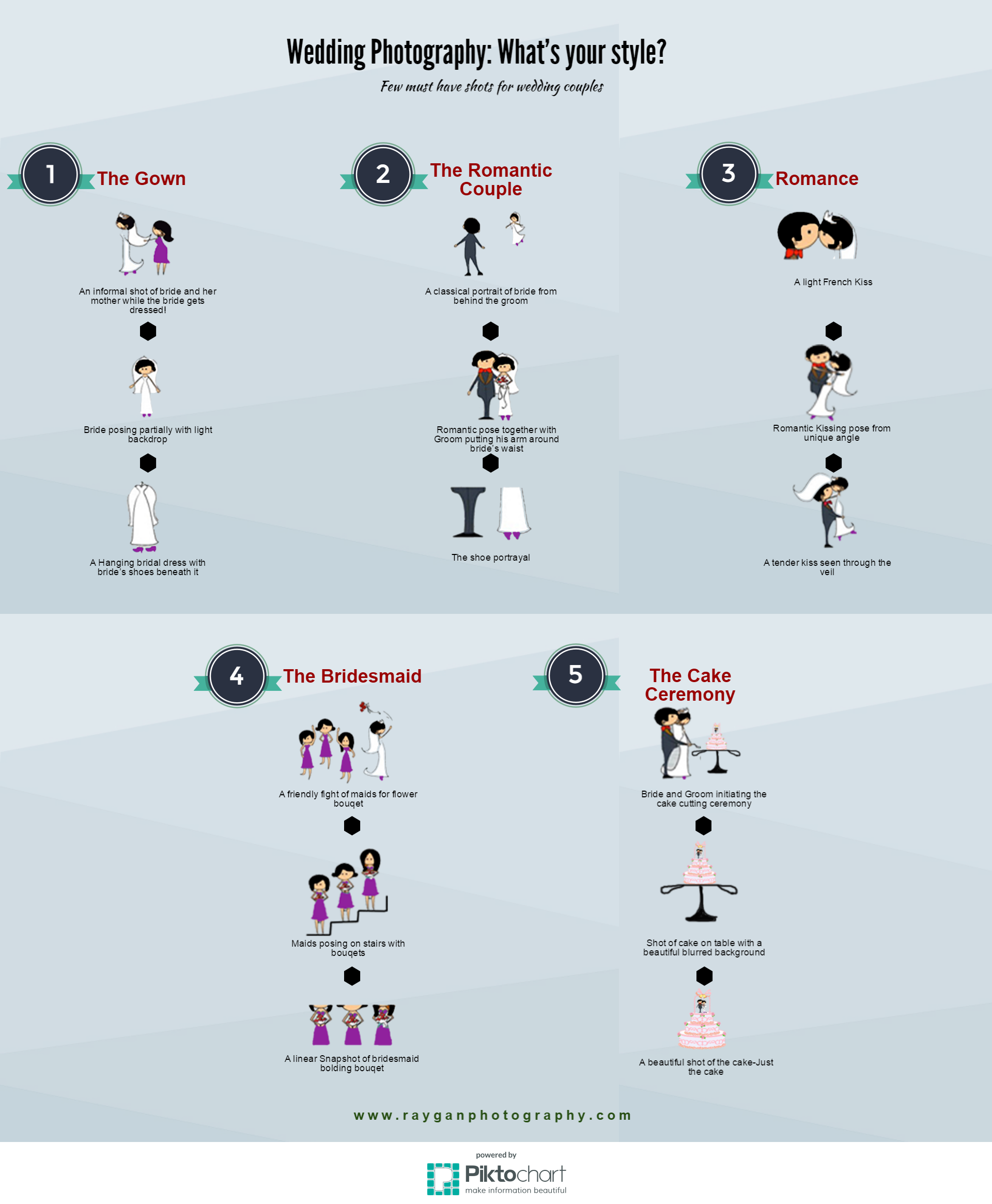What Every Digital Photographer Should Know About Illumination
What Every Digital Photographer Should Know About Illumination
Blog Article
Produced By-Greenwood Heath
As a digital photographer, you know that illumination can make or break your pictures. Comprehending the nuances of both natural and man-made light is crucial for catching the mood and quality you go for in your work. Whether you're chasing after the ideal gold hour glow or fine-tuning your synthetic arrangements, understanding these components can elevate your photography substantially. But there are common risks that numerous overlook, and acknowledging them can transform your approach to every shoot. Let's explore what you might be missing out on and just how it can affect your outcomes.
Comprehending Natural Light
Comprehending all-natural light is important for any kind of professional photographer seeking to enhance their work. It's the foundation of great digital photography, influencing state of mind, tone, and clarity. When you fire outdoors, pay attention to the moment of day. Headshot photo -- shortly after sunup and prior to sundown-- supplies soft, warm light that can change normal scenes right into magnificent pictures.
Don't undervalue the power of overcast days. Cloud cover diffuses sunlight, producing a soft, even light that's perfect for pictures and macro photography. You'll locate shades appear this kind of lighting without extreme shadows.
Positioning matters, as well. Constantly consider your topic's orientation to the source of light. If https://www.nationalgeographic.com/travel/features/photography/grand-prize-photo-dreamy-arctic-upernavik-greenland/ 's behind your topic, you may end up with a shape, which can be remarkable but mightn't be what you desire. On the other hand, direct sunshine can develop uncomplimentary darkness.
Try out angles; often, altering your perspective can yield remarkable outcomes. Use natural reflectors, like water or sand, to jump light onto your subject, including measurement.
Learning Artificial Light
Understanding artificial light is essential for professional photographers who wish to take their skills to the following degree. Whether you're making use of speedlights, studio strobes, or continual lights, understanding exactly how to control these resources can significantly improve your pictures.
Begin by familiarizing on your own with the fundamentals of light top quality, direction, and shade temperature. Experiment with various modifiers like softboxes, umbrellas, or grids to control the softness or violence of the light.
You'll discover that soft light commonly creates complementary results, while harsher light can add dramatization and deepness. Do not shy away from shadows; they can boost the three-dimensionality of your subjects.
Pay close attention to the positioning of your lights. A light positioned also near to your topic can create unflattering results, while too away can result in a lack of information. Use a light meter or your video camera's pie chart to ensure you're revealing appropriately.
Last but not least, keep in mind that artificial light can be blended with ambient light for imaginative effects. Balancing these resources may take technique, once you master it, your photography will truly beam.
Techniques for Different Circumstances
When you step into different shooting scenarios, adjusting your lighting strategies is important for catching the very best images. For outside portraits, make use of the golden hour-- morning or late afternoon light-- to soften shadows and improve skin tones.
If it's a rough lunchtime sun, take into consideration making use of a reflector to bounce light back onto your subject or look for shaded areas for an extra even direct exposure.
In low-light circumstances, like interior occasions, boost your ISO and use a vast aperture to let in even more light. A tripod can aid get rid of cam shake, enabling longer exposures without blurring.
If you're contending night, try out off-camera flash to produce dynamic lighting and depth in your pictures.
For item digital photography, use diffused lights to avoid extreme representations. Softboxes or light outdoors tents can aid accomplish this result.
When photographing landscapes, think about the instructions of light and time of day, as it can significantly alter the mood of your shot.
Constantly be ready to adjust your setups and positioning based upon the scenario, as adaptability is key to mastering illumination in photography.
Verdict
Finally, grasping illumination is essential to raising your digital photography abilities. Embrace all-natural light's beauty during gold hour, and don't shy away from trying out man-made light methods. By adjusting your method to various scenarios, you'll record spectacular images that reverberate with emotion and clearness. Remember, the best lights can transform a common shot into something amazing, so maintain practicing and improving your understanding of both natural and man-made light. Satisfied shooting!
